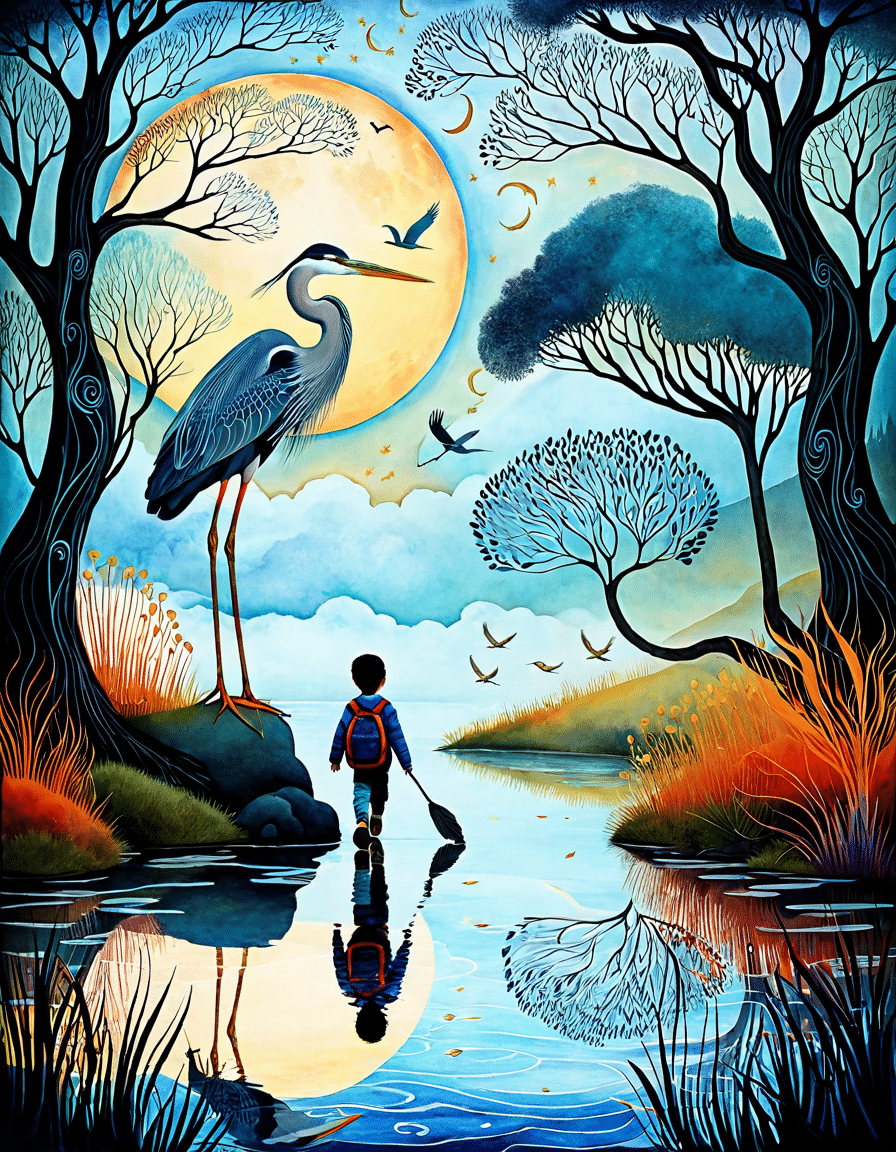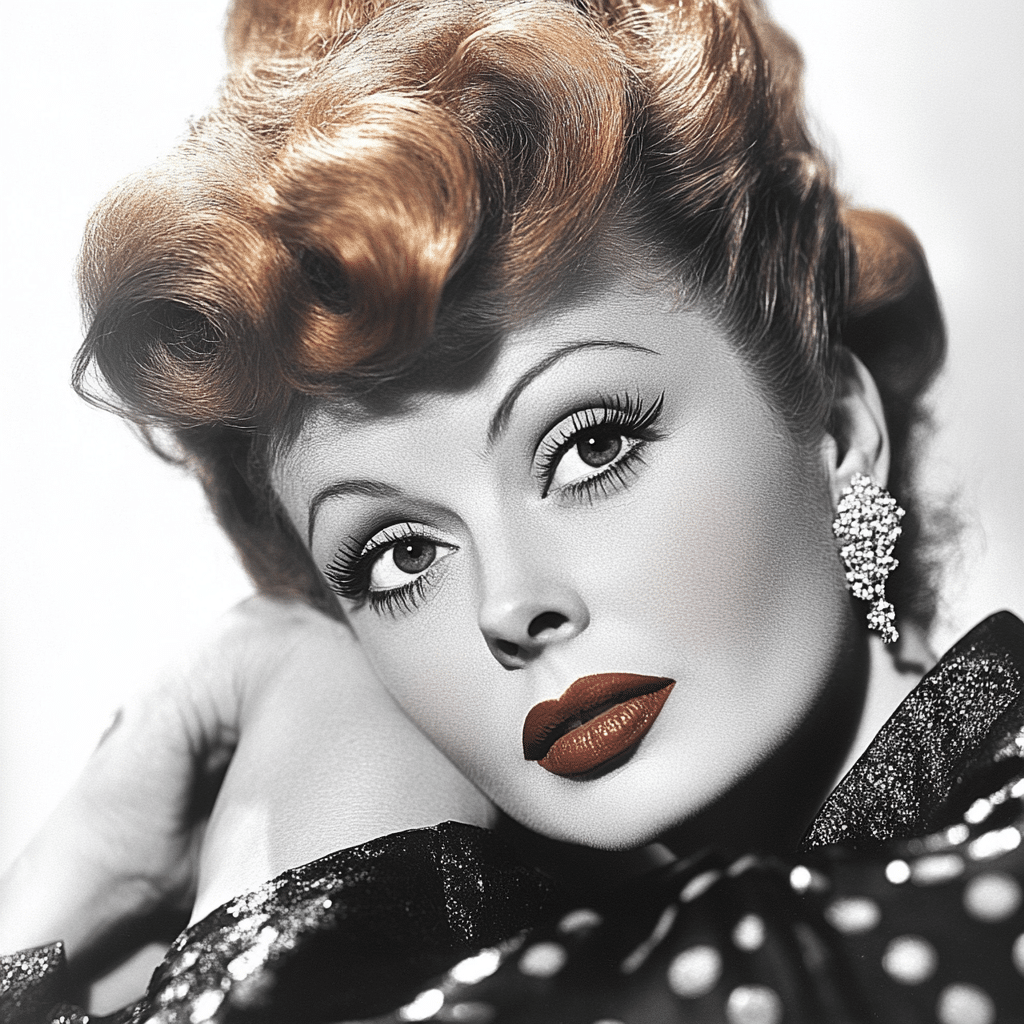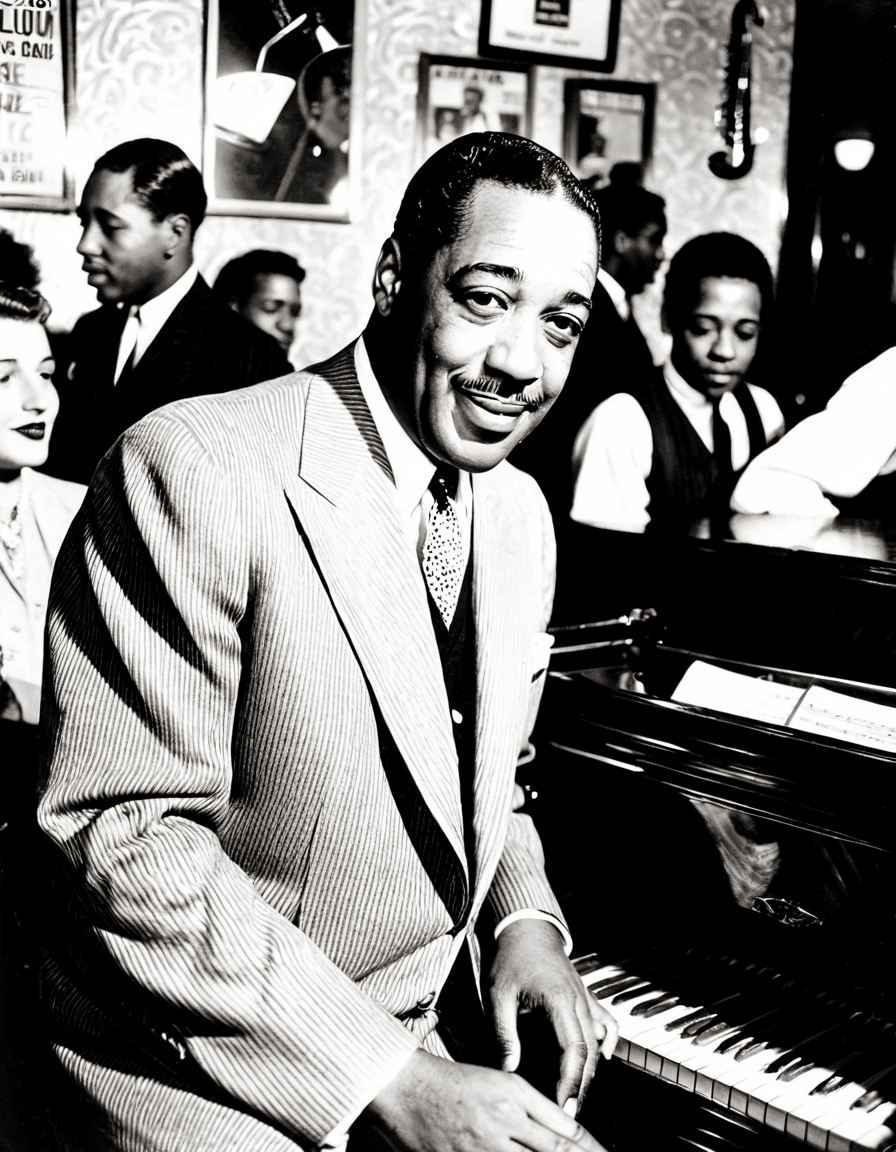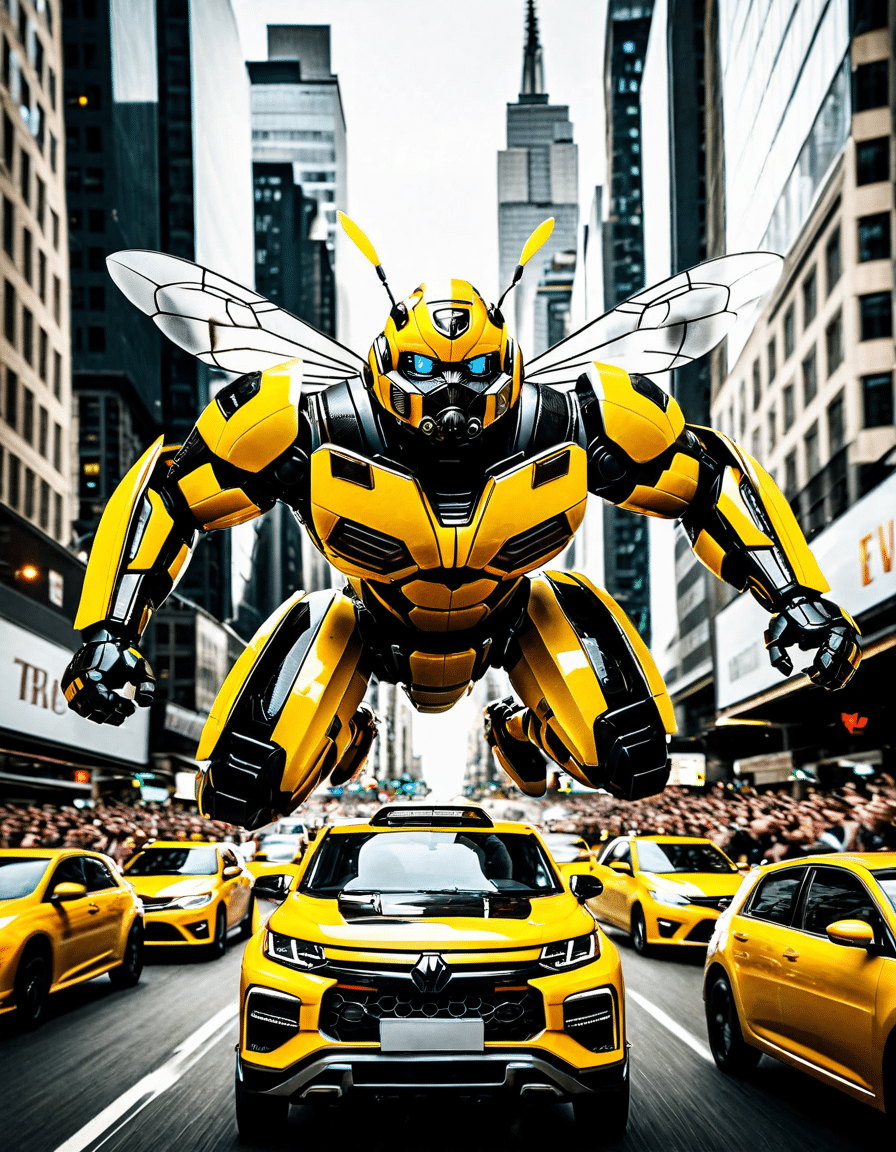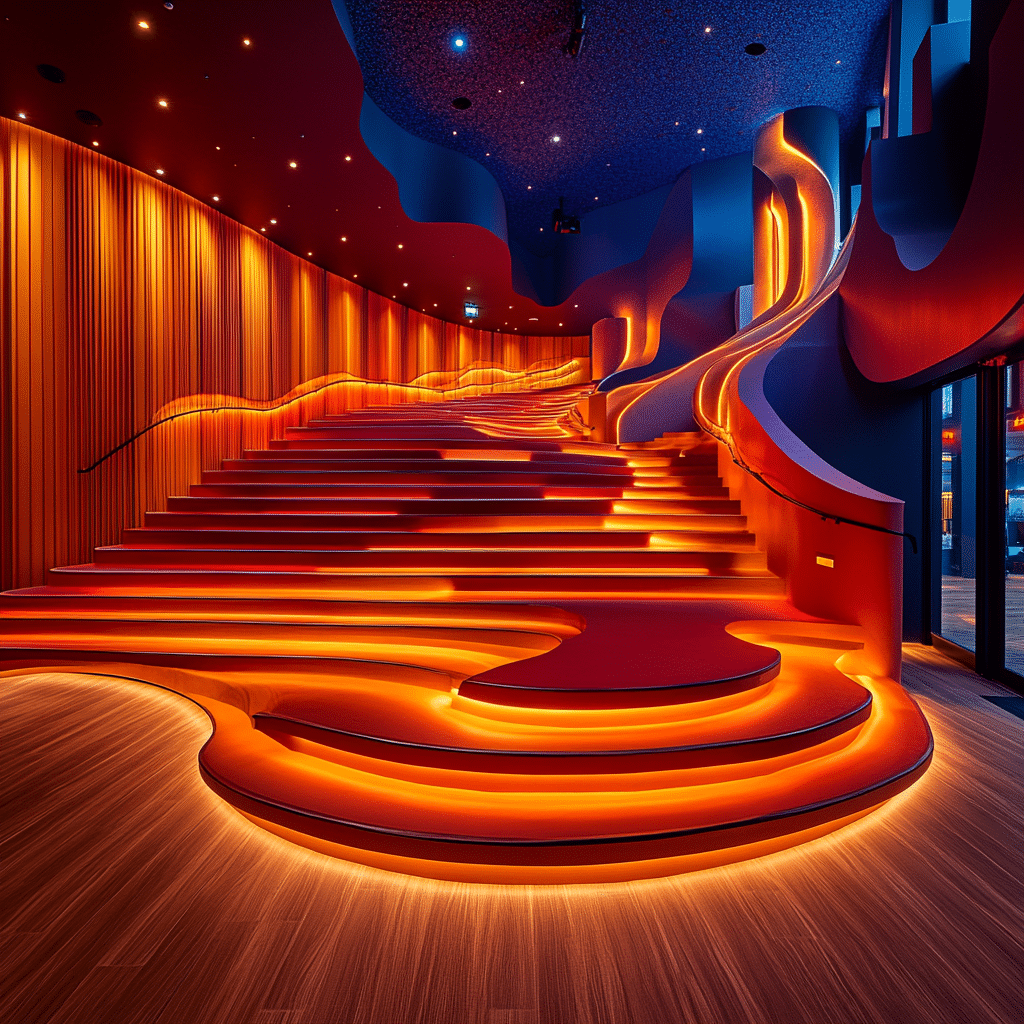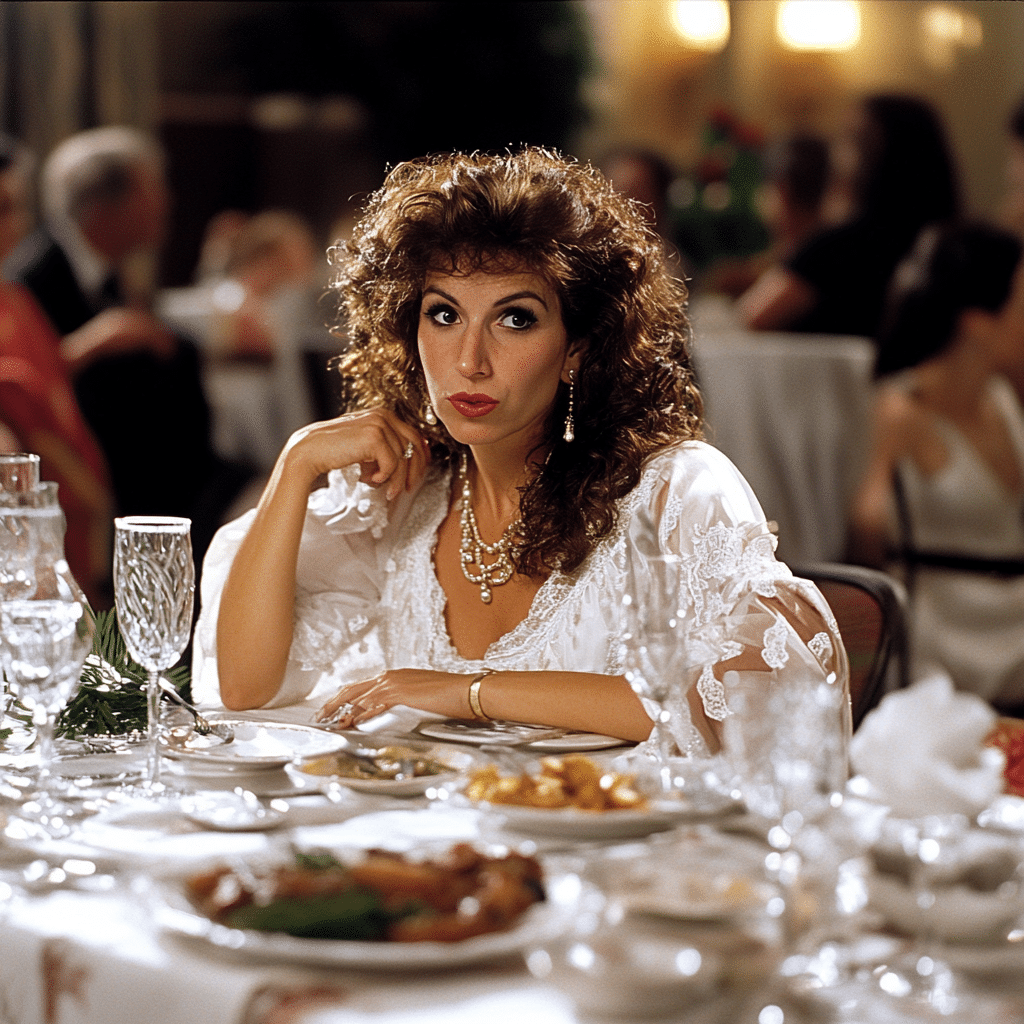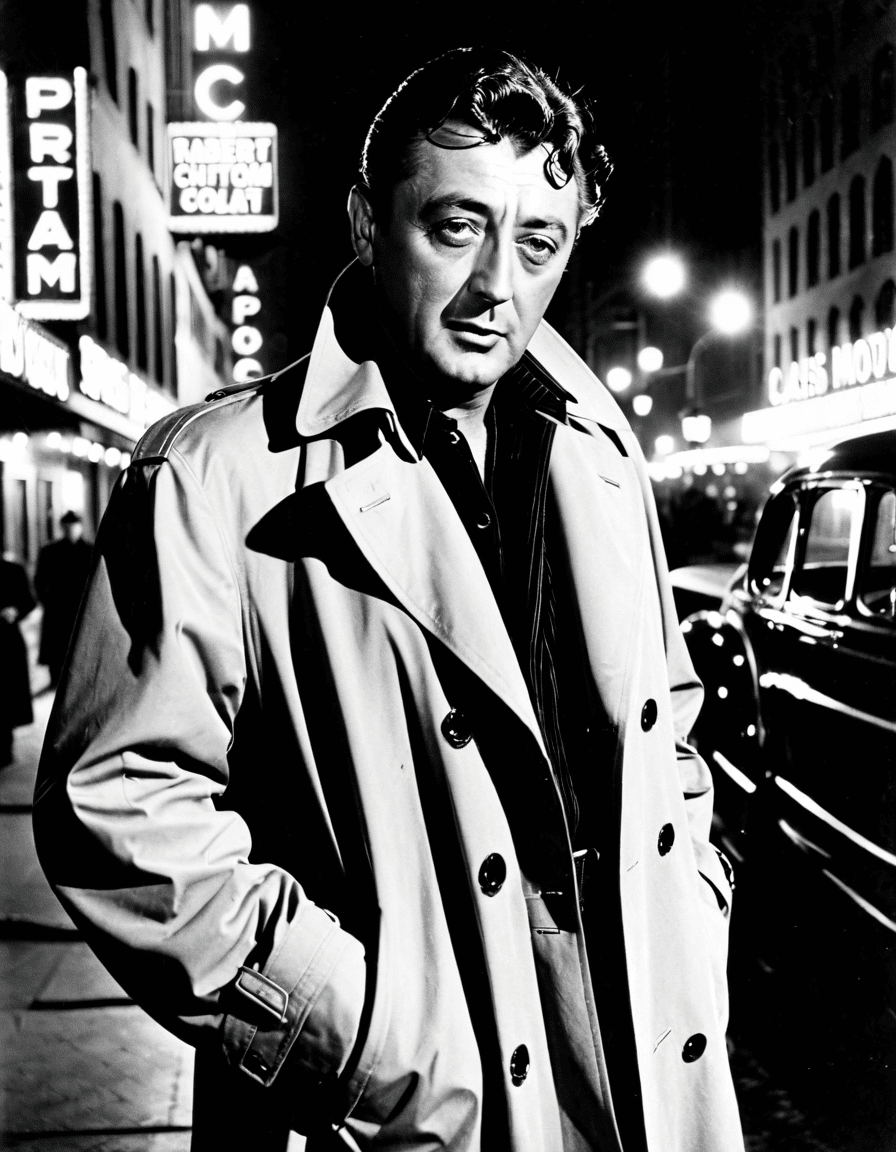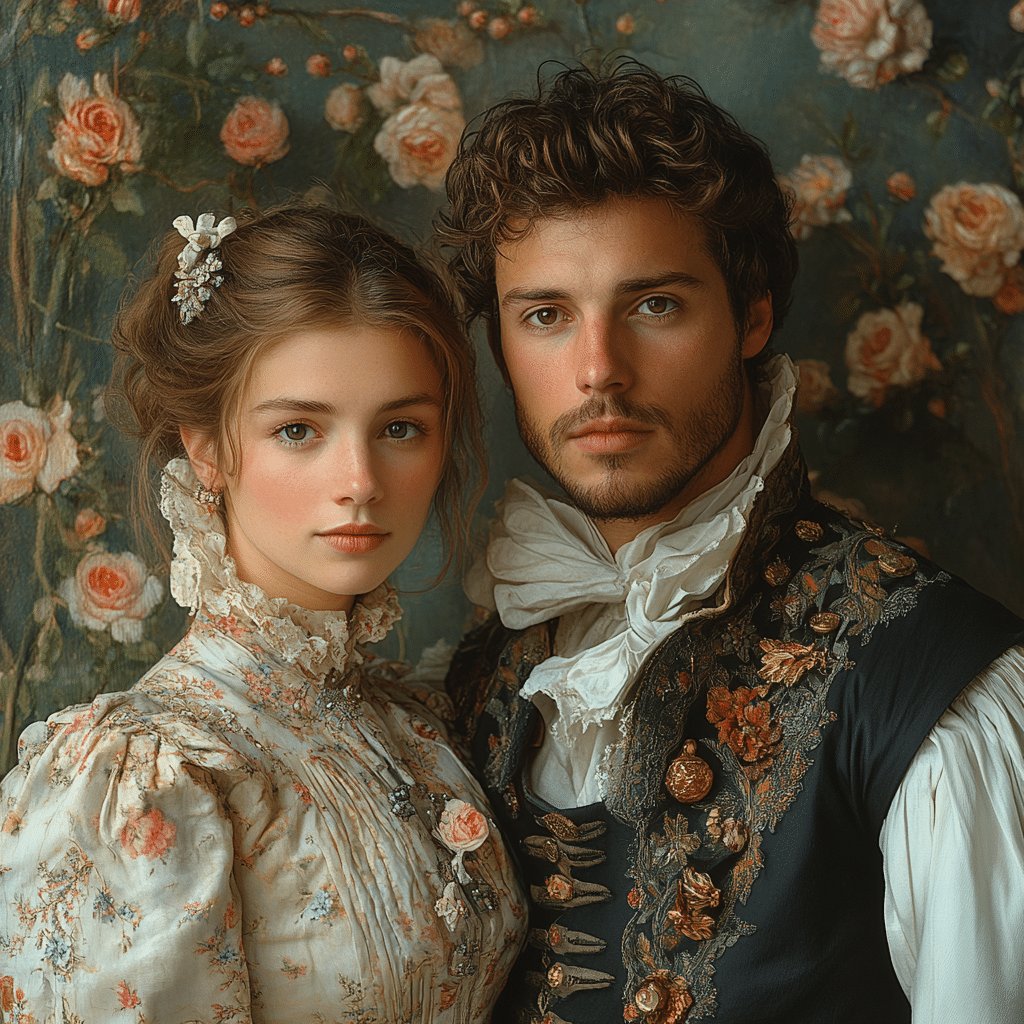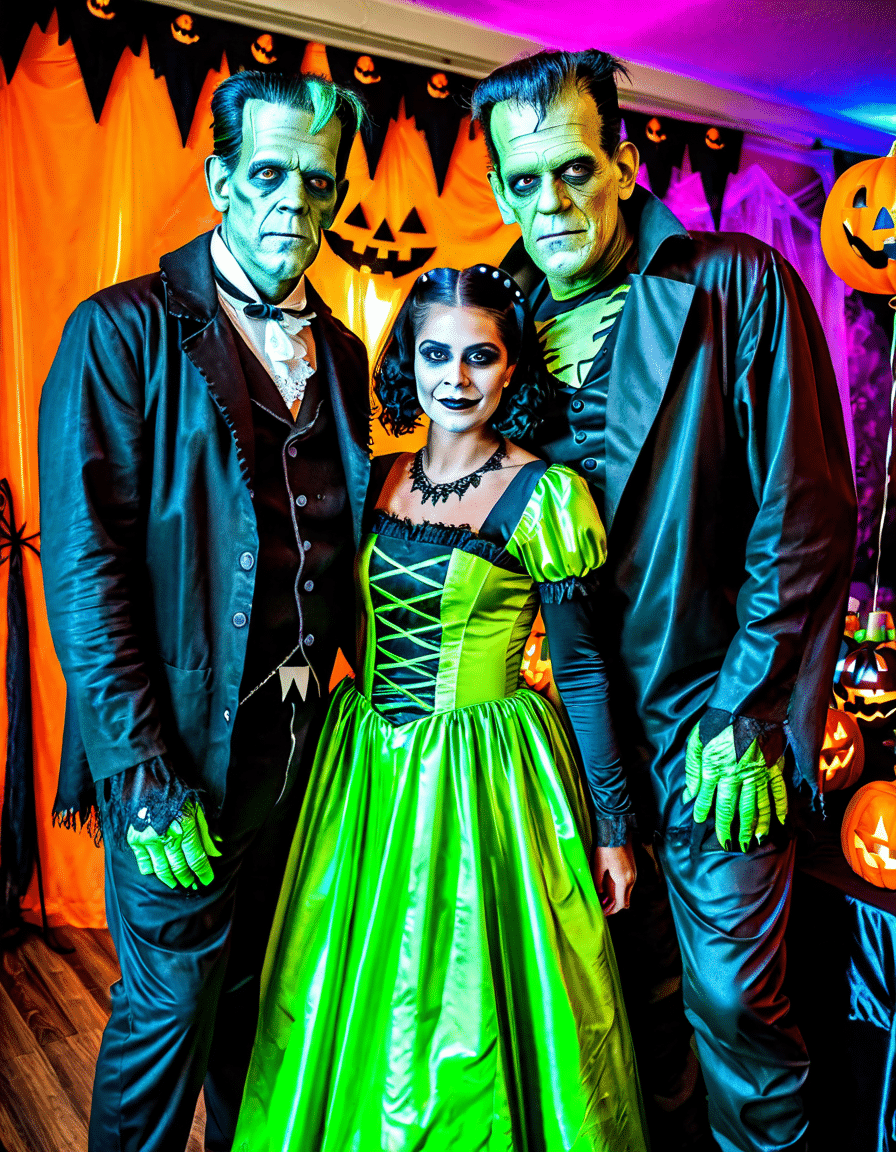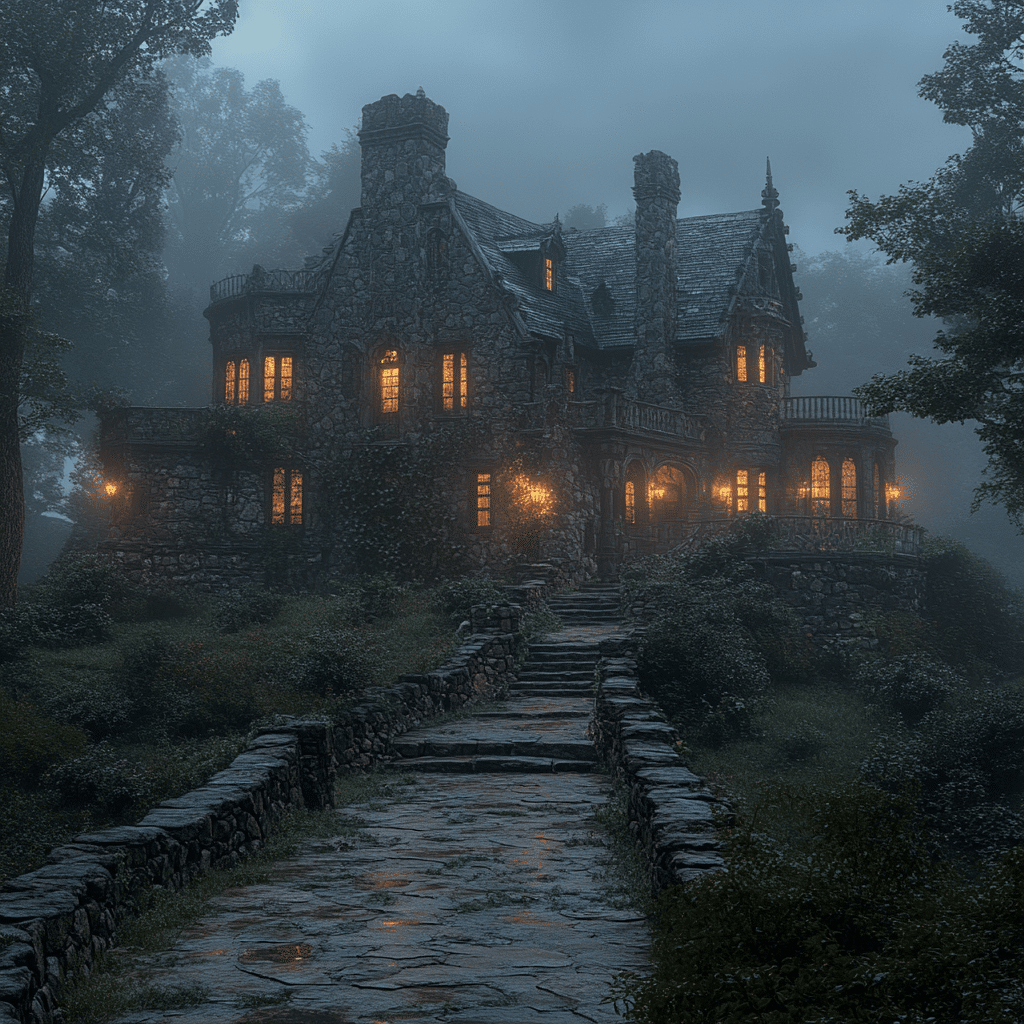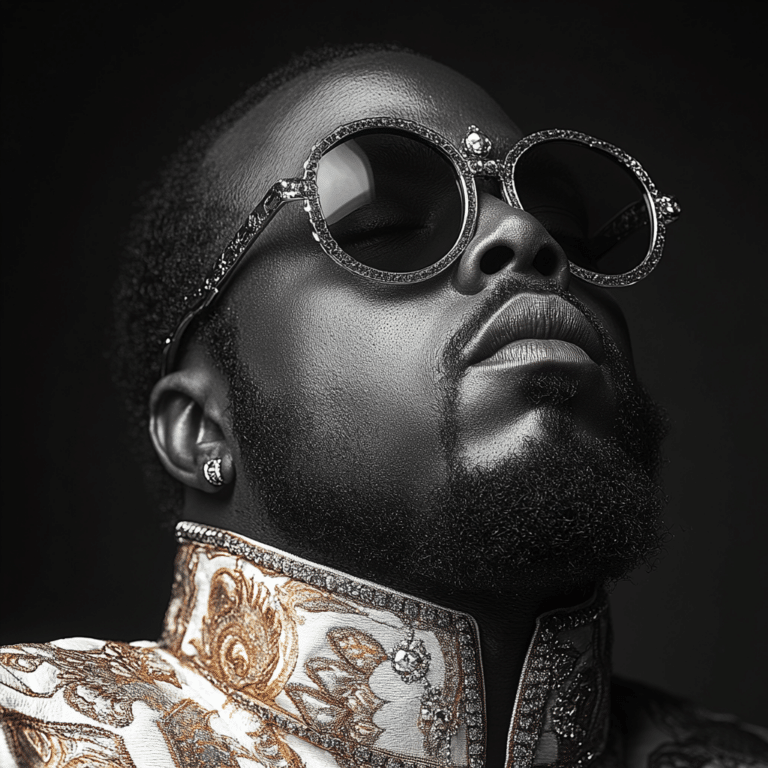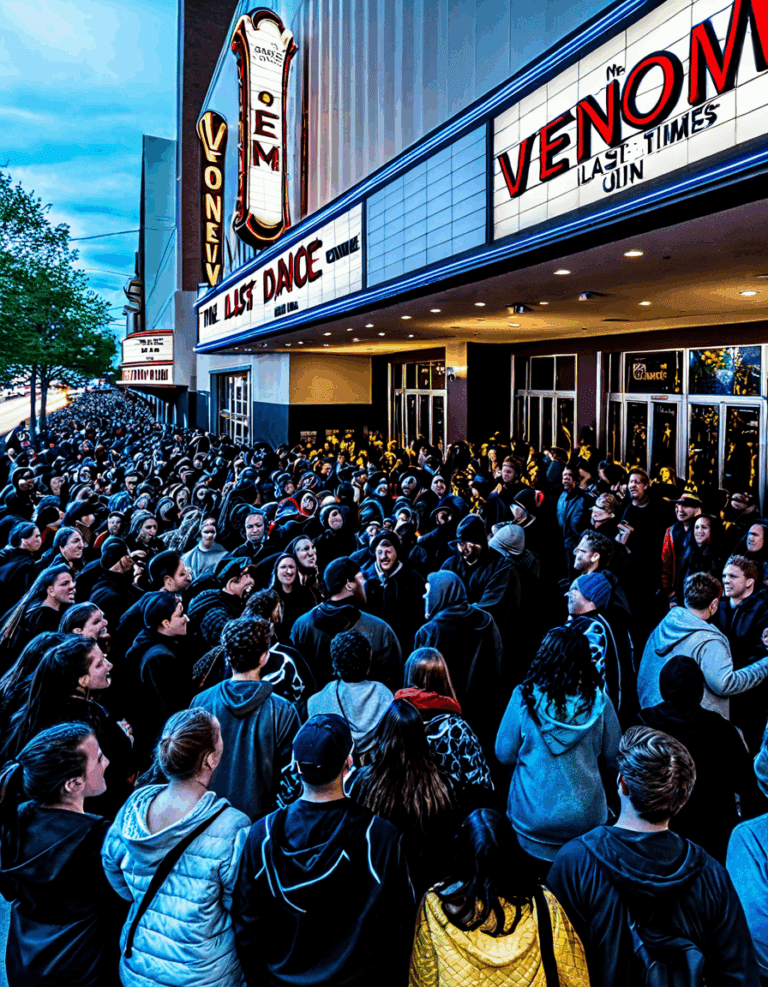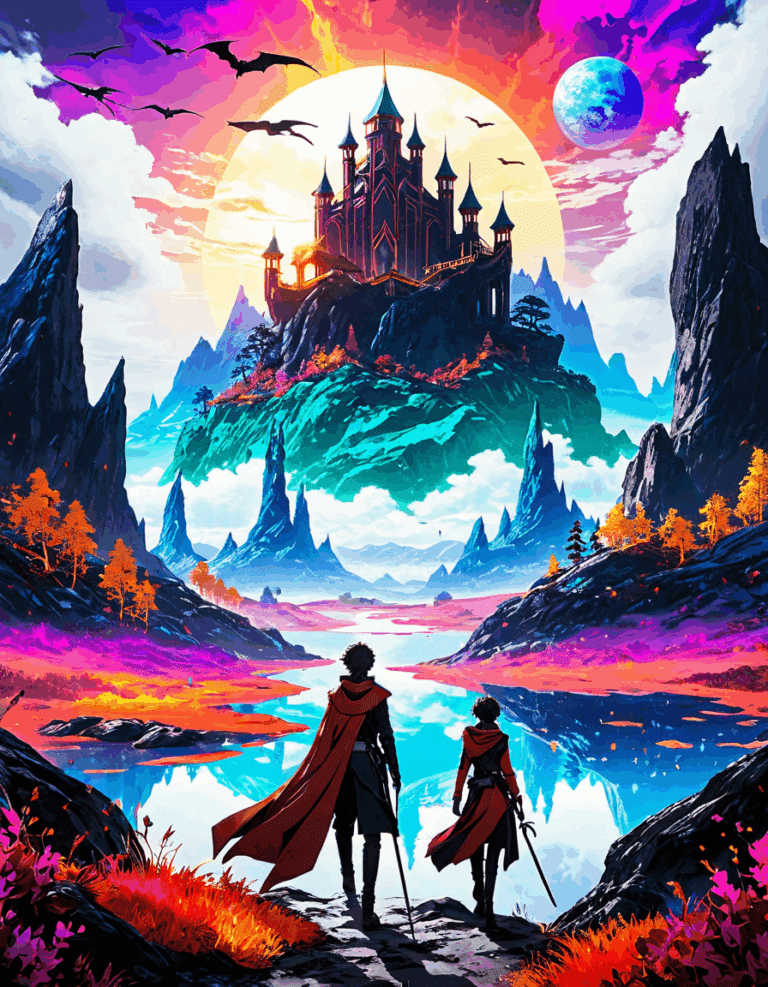If you haven’t heard about The Boy and the Heron, where have you been hiding? This animated film, directed by the legendary Hayao Miyazaki, is captivating audiences with stunning visuals and deeply resonant themes. It’s a delightful journey through a blend of fantasy and reality, showcasing Japan’s breathtaking landscapes and rich culture. This film isn’t just another feather in Miyazaki’s cap; it’s a shining example of what animation can achieve.
What makes The Boy and the Heron stand out in today’s crowded animation market? Here are 7 compelling reasons that position it as a frontrunner in the animation revolution.
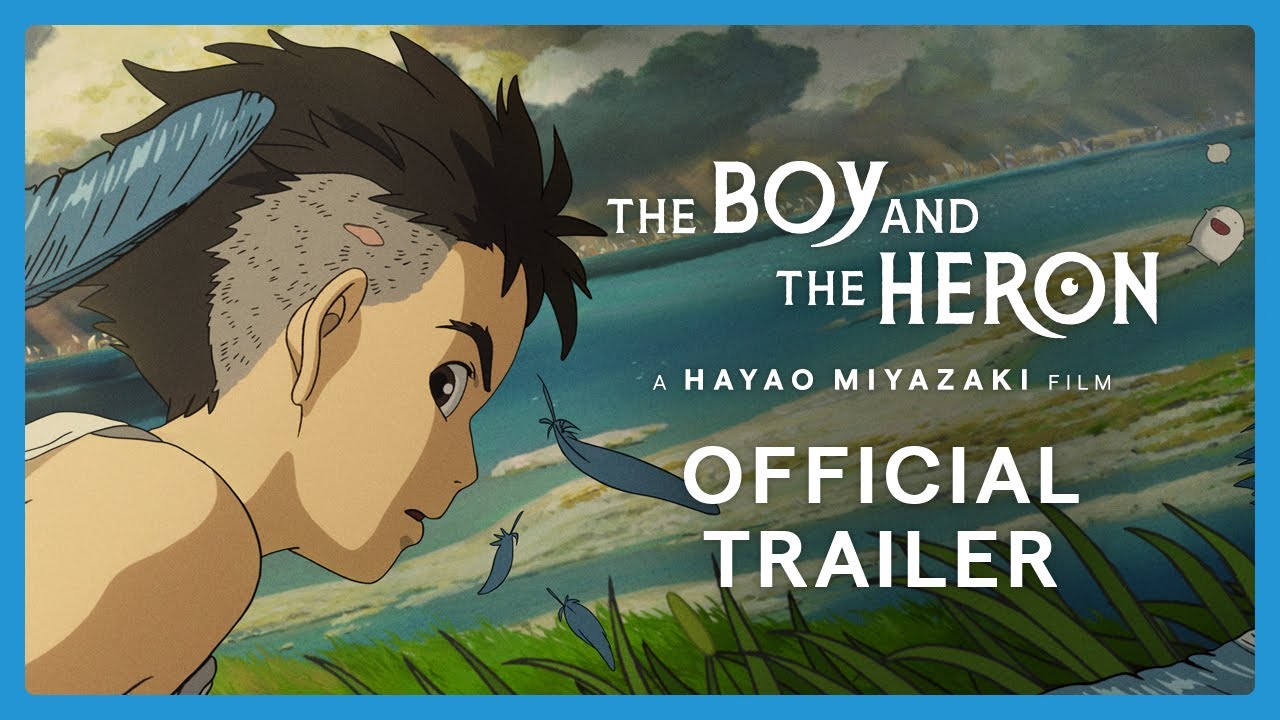
1. Breathtaking Visuals Inspired by Nature
The artistry in The Boy and the Heron is a feast for the eyes. Studio Ghibli, famed for its enchanting artistry in films like Spirited Away and My Neighbor Totoro, has outdone itself once again. The visuals draw heavily from Japan’s exquisite landscapes, delivering a color palette that evokes nature’s awe-inspiring beauty. With watercolor techniques, each frame feels alive, blending elements of realism and fantasy seamlessly. When the animation flows like a gentle river, it makes you feel part of the story.
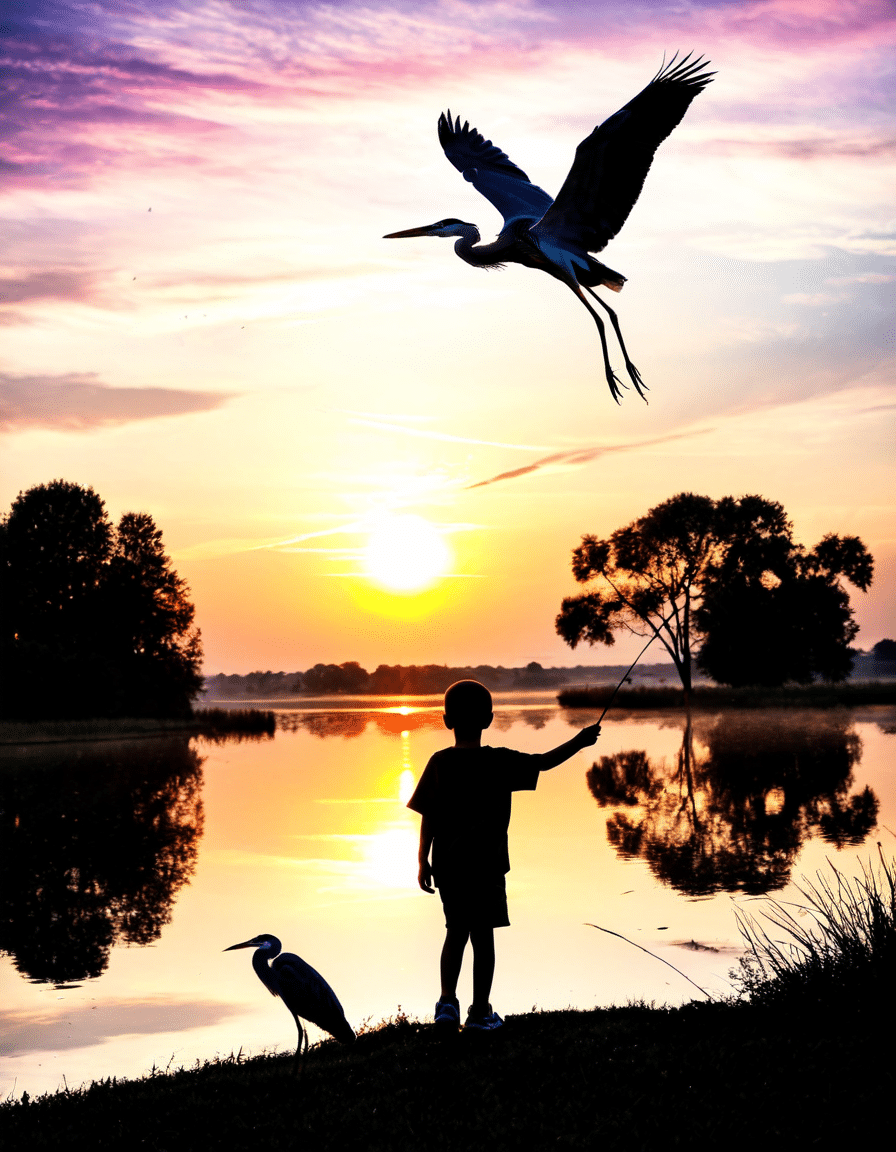
2. Masterful Storytelling Techniques
In The Boy and the Heron, storytelling takes center stage, weaving fantasy with deeply personal experiences. Miyazaki returns after a break, offering a coming-of-age narrative that resonates across generations. The protagonist’s journey grapples with tough themes like grief and self-discovery, serving up life lessons that can touch even the hardest of hearts. You can draw parallels to Pixar’s Inside Out, but here, the Japanese cultural lens provides a unique flavor that enriches the experience.
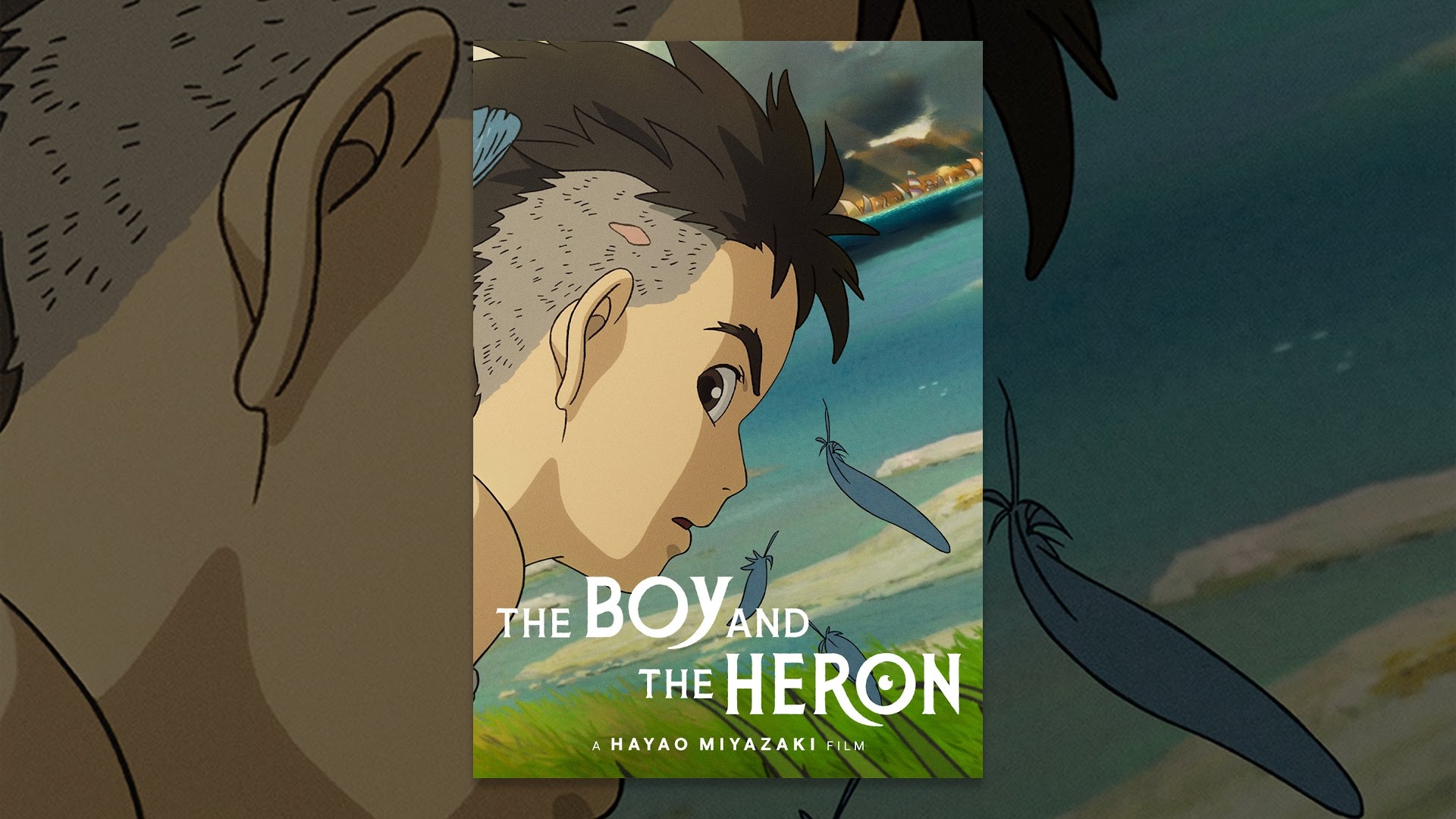
3. Innovative Animation Technology
Let’s talk tech. The Boy and the Heron employs cutting-edge animation technology to create a hybrid visual experience that’s like nothing we’ve seen before. Studio Ghibli’s partnership with tech giants enables them to blend traditional hand-drawn art with modern CGI. This process heightens engagement and emotional connection. Take, for instance, the fluid movements and striking details that transform scenes into artwork. It’s a mean feat that might make you feel as if you’re watching a living painting—even David Copperfield would be impressed!
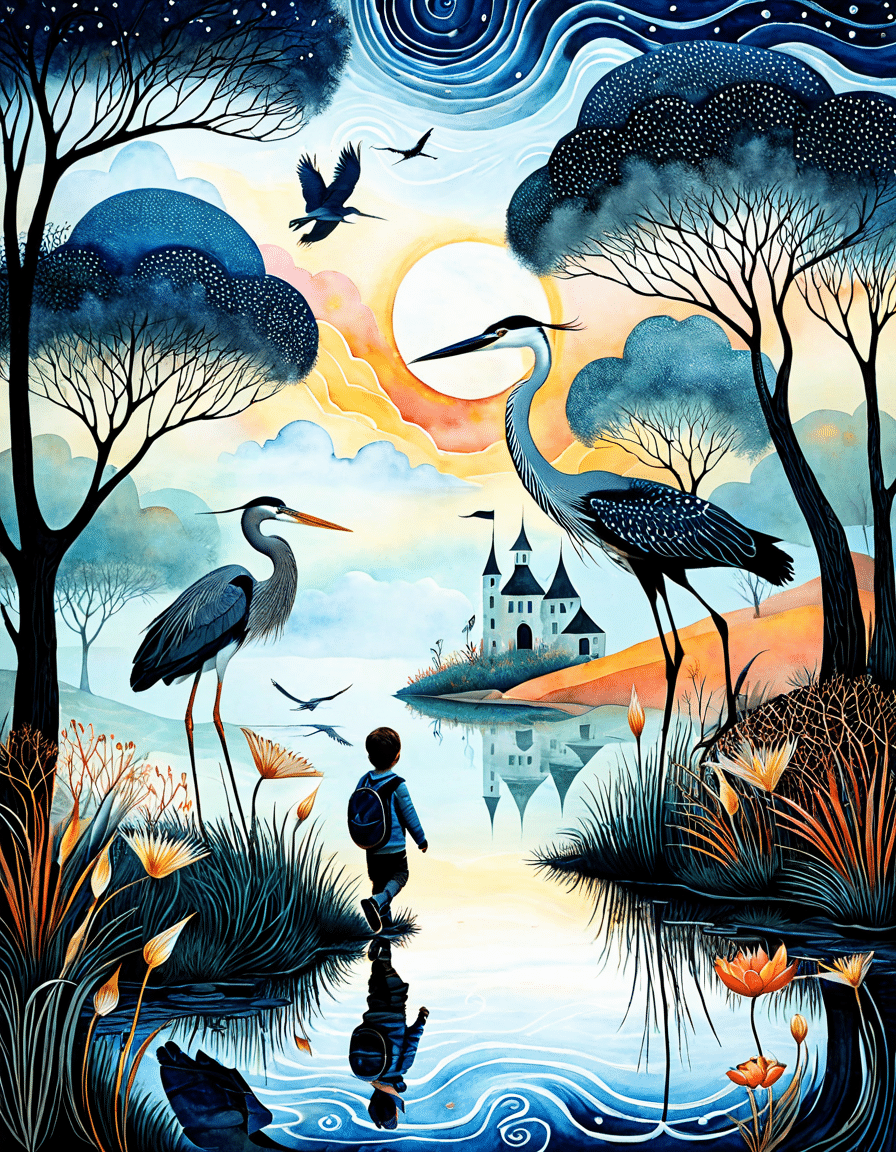
4. Cultural Significance and Mythology
What’s animation without a sprinkle of cultural depth? The story is laced with Japanese folklore, introducing mythological creatures that add layers of meaning to the narrative. The heron, a potent symbol in Japanese culture, guides the young protagonist and represents transformation. It resonates not just locally but also gives global audiences a glimpse into Japanese spirituality. You might think of it like The Tale of the Princess Kaguya, where culture intermingles beautifully with story.
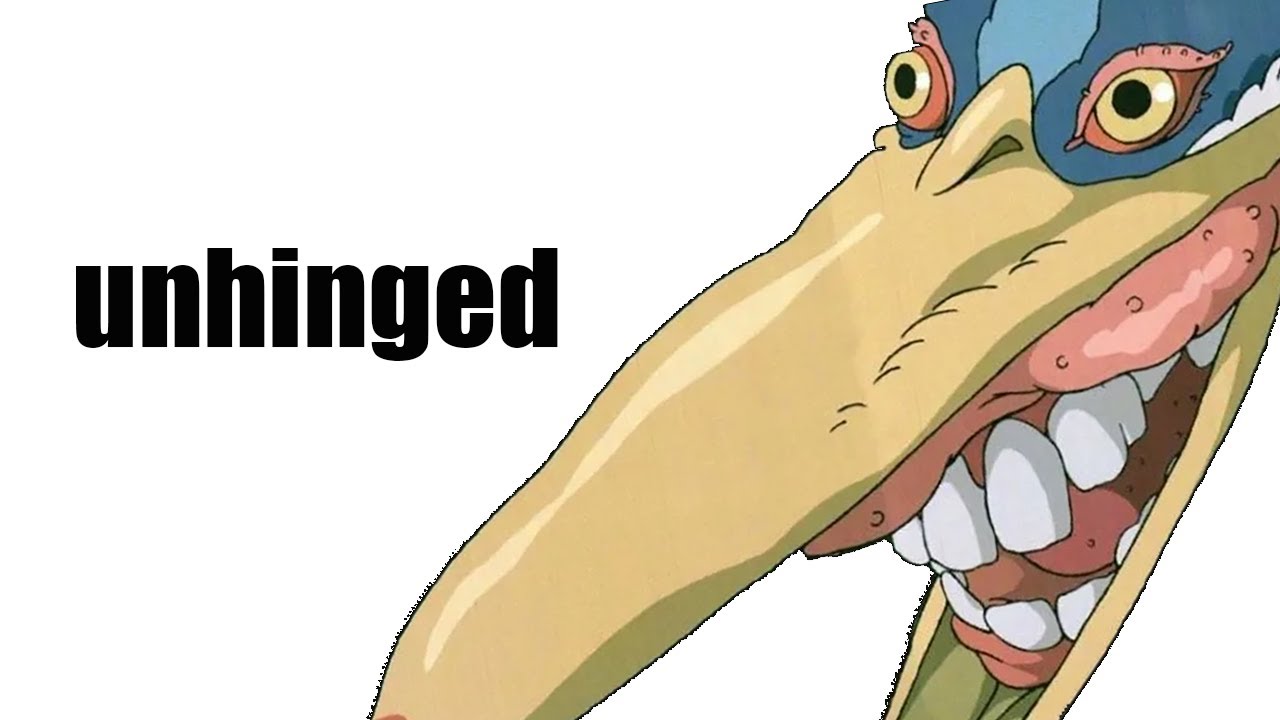
5. Emotional Depth and Character Development
Ah, character arcs—the heart of any great film! The strength of The Boy and the Heron lies in its well-rounded characters. Each character has a unique journey, capturing various aspects of human emotions. The boy’s struggle with grief mirrors real-life experiences, unlike some other animated films that stick to archetypes. If you enjoyed Disney’s Moana, you’ll appreciate how this film explores identity in a relateable and poignant way.
6. Soundtrack that Elevates the Experience
Anyone who’s ever experienced a gripping film knows the power of music. The soundtrack of The Boy and the Heron, composed by the illustrious Joe Hisaishi, serves as the emotional backbone of the film. The melodies are unforgettable, complementing stunning visuals with ease. Just as John Williams works magic with Spielberg, Hisaishi collaborates with animators to ensure that each musical cue adds depth to the narrative. It’s the kind of music that sticks in your head long after the credits roll, much like Sonic Ice cream lingers on your taste buds!
7. Critical and Commercial Success
Let’s get down to the facts. Since its release, The Boy and the Heron has snagged awards at major festivals like Cannes, trouncing competitors in both the reviews and box office. It set records in its debut, beating other animated films like The Secret Garden. This overwhelming success is proof of a cinematic revolution that’s brewing, drawing in audiences eager for high-quality storytelling.
The Impact of The Boy and the Heron on Future Animation
In the grand scheme of things, The Boy and the Heron is not just another animated flick; it’s a trailblazer. By merging stunning visuals with meaningful storytelling, Miyazaki’s masterpiece raises the bar for future animated movies. Other studios will likely take cues, gravitating back towards classic hand-drawn styles or creatively blending new tech with traditional artistry. This film’s roots in Japanese culture also inspire a broader push for more diverse narratives within animation, similar to how Encanto celebrates Latinx heritage.
As we tiptoe into the future, The Boy and the Heron encourages a renaissance of animation that conveys deeper messages and cultural connections. In a world increasingly drawn to stories that resonate with real-life experiences, this film stands tall as a beacon of what’s possible when creativity and technology harmonize. Simply put, The Boy and the Heron invites us all to dream a little louder and to connect a little deeper—because isn’t that what great storytelling is all about?
The Boy and the Heron: Trivia to Delight Fans
Behind the Scenes
Did you know that the boy and the heron marks the return of celebrated director Hayao Miyazaki after a ten-year hiatus? Fans have eagerly awaited this moment, showing just how much impact his stories have had on animation. It’s not each day we see a master like Miyazaki come back, akin to the return of a beloved character like Gwen Stacy, who has her own layers to peel back in the superhero realm. Every frame in the boy and the heron reflects his signature attention to detail, which has been a centerpiece throughout his career. Speaking of unique narratives, the world of storytelling has lately expanded, as showcased by projects like jack Uppskararen where unconventional tales are getting their due.
Artistic Inspirations
The vibrant animation in the boy and the heron pays homage to Japan’s rich cultural tapestry. There’s a certain magic in how the characters and landscapes come to life, akin to the unexpected connections found in the too hot To handle cast season 4, where a blend of personalities leads to captivating dynamics. Miyazaki’s team has drawn inspiration from traditional Japanese art, weaving it into a narrative thread that many animation fans can appreciate; it’s a refreshing reminder that art can transcend beyond its original context, reminiscent of the emotional beats seen in shows like working Moms that touch real-life scenarios with a comedic twist.
Themes of Growth
At its core, the boy and the heron explores themes of growth and understanding, much like the journey one experiences with hobbies, even those as niche as pipe tobacco appreciation. This film isn’t just for kids; it resonates deeply with adults who have their own stories to tell, creating a generational bridge for families. The journey of the protagonist mirrors the search for identity faced by many, just like a person navigating mortgage financial rates while trying to find a home. Lastly, the film embraces the concept of transformation, reminding viewers that, whether through fantastical means or life’s challenges, evolution is a common thread in every story worth telling.
